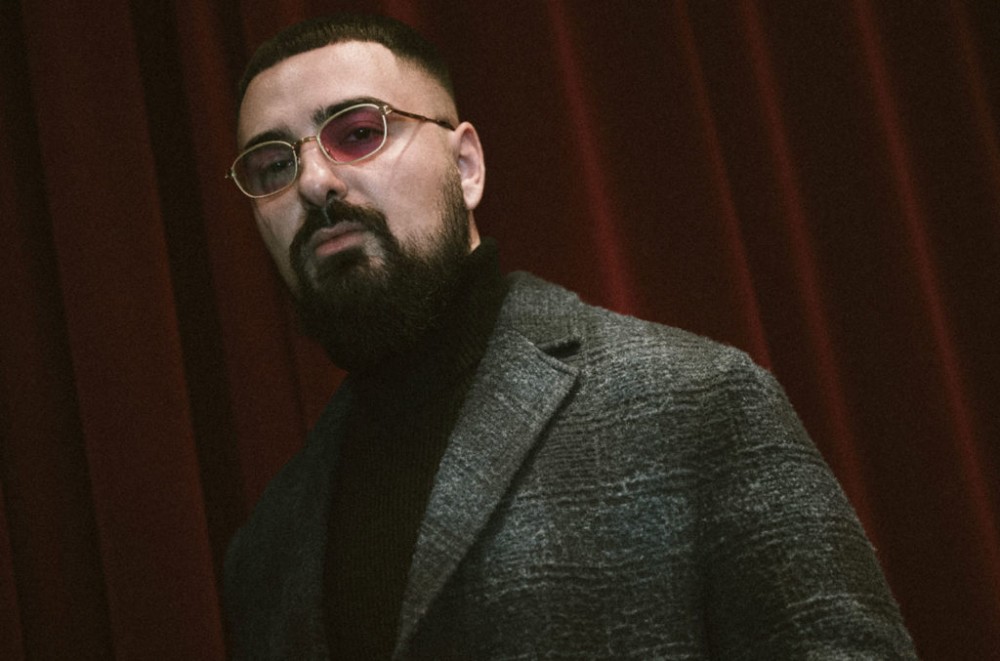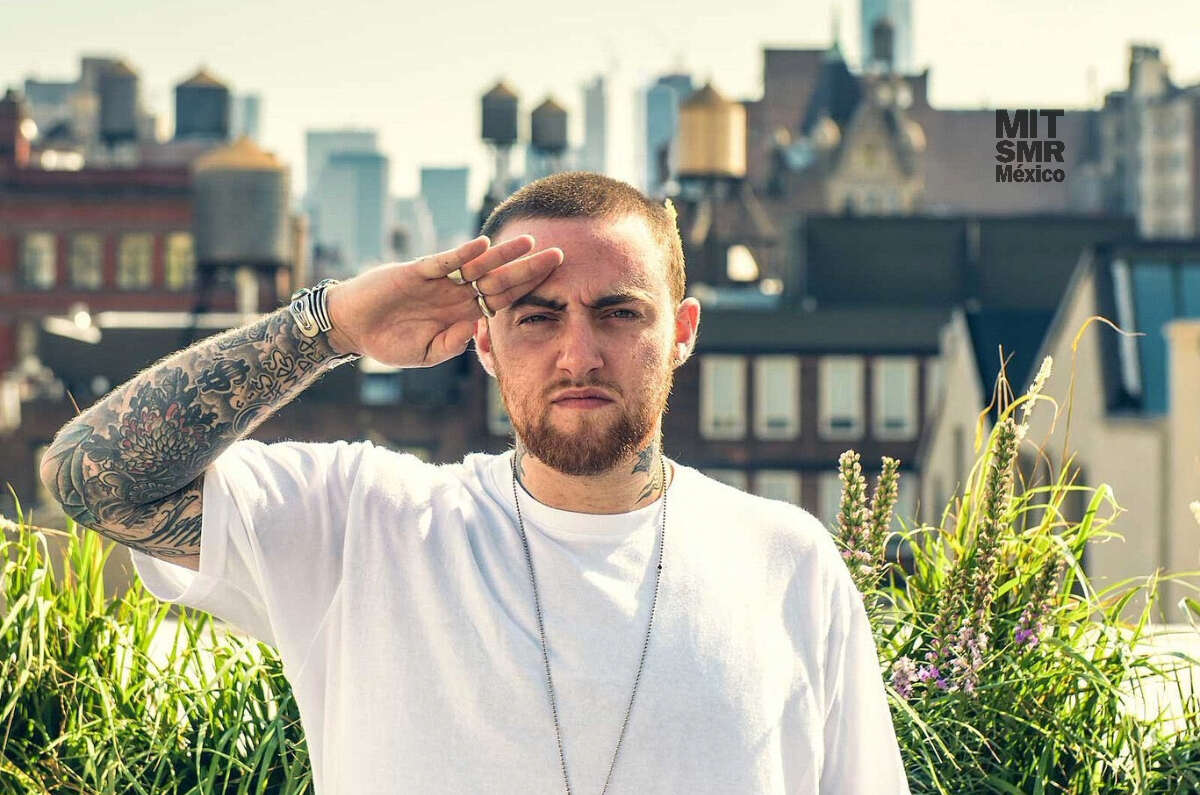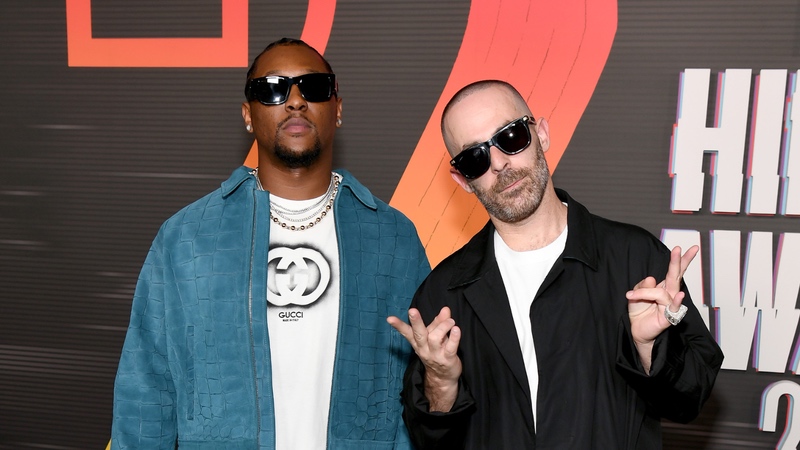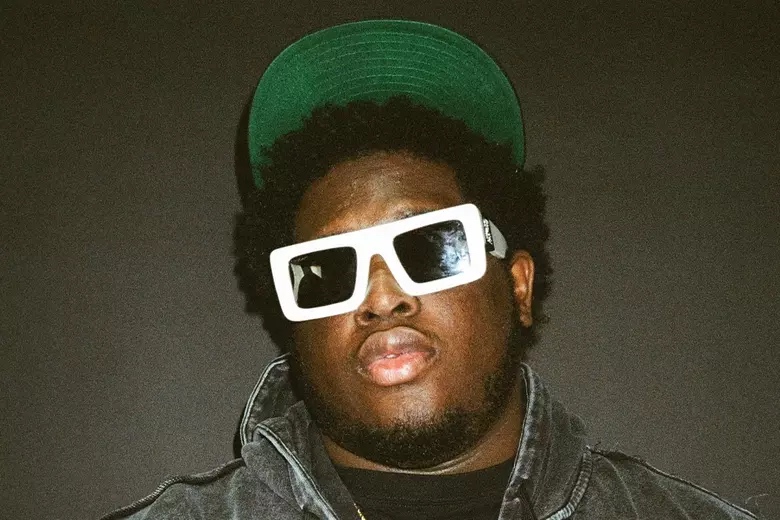As big a week as it was for Drake when “Toosie Slide” gave the superstar his seventh No. 1 on the Billboard Hot 100 (and a record-tying third time debuting on top), the feat may mean even more for the track’s producer, Ozan Yildirim.
Better known by his nickname OZ (that’s “O-Z”), the 28-year-old Swiss beatsmith has assisted household names before — credits on Travis Scott‘s 2014 project Days Before Rodeo and Drake’s 2016 album Views are among his earliest placements. But he made the leap from album cuts to top-tier singles with Scott’s “Sicko Mode,” featuring uncredited vocals from Drake, which shot to No. 1 on the Hot 100 in 2018.
From there, the hits have stacked up: Between “Mode” and “Slide,” he posted another trip to the Hot 100’s summit through Scott’s “Highest in the Room,” which debuted atop the chart last October. Thanks to “Room” and “Slide,” the Swiss becomes just the 14th producer to notch multiple Hot 100 debuts on his resume.
This one, though, is different: Unlike the two Scott singles, “Slide” is entirely his production. That singular status helps OZ land the No. 1 spot on Billboard‘s Hot 100 Producers chart for the first time, while he also shares top dog status on the Hot 100 Songwriters list with Drake.
With such a big week to top off what’s been a wild 12 months for the new hitmaker, Billboard caught up with OZ to discuss his No. 1 status, his chemistry with the world’s hottest artist, and how a Swiss kid makes it to the top of the U.S. charts.
I doubt most people know that you’re from Switzerland – not a hip-hop hot spot. The closest thing to Swiss in the game is probably Swizz Beatz. How do you break into the U.S. market?
Yeah, rap music is not really popular with Swiss people. I was living in a small village, and I had no friends in the new area — so I really spent all my time, Monday to Friday, just making beats. That’s just how I built my skills. And when I was ready to really send out songs, I met a producer who gave me Meek Mill’s email about six or seven years ago.
Then, it felt like people were talking about me in the studio. I’d have a record come out and everyone would hit me, “Yo, we need a pack too. We need some beats too.” It was all word-of-mouth promotion. But that’s the thing — you can make it from anywhere now. Back then, everyone was saying that you have to live in New York or Los Angeles to make it. But now you’re one email or one text message away from a hit.
So, without a big hip-hop community around you, who inspired you to begin producing and craft your own beats and rhymes?
50 Cent was really my favorite rapper — the Get Rich or Die Tryin’ era and all his singles. His beats were always incredible, and I found out that Scott Storch was behind so many of them. So then I followed him all over the place. Timbaland, too. Those two were my biggest influences. I was making more Caribbean type beats, and even tried more like New York, gangster type beats. Those guys were special — every beat was different.
I started making beats in 2005 or 2006, so I saw when Timbaland was going crazy, all the things they could do. If I had just come up in the past couple years, maybe all I’d have seen and been inspired to make were trap beats. But thanks to that era, like with Pharrell too, I’ve tried my hand at rap beats, pop beats, dancehall beats, all of that.
You debuted at No. 1 this week — your second time there after Travis Scott’s “Highest in the Room” last year. With two No. 1 starts, what does this feat mean for your legacy?
For me, myself, I know that artists are going to trust in my sounds more. After seeing, “Okay, this guy has had a few No. 1s,” I don’t think I have to prove myself anymore. So, whenever I send new beats and new vibes and new types of music, they will believe in it more if I have something more experimental.
When you don’t have No. 1s or any name, artists aren’t gonna trust in your sound. They’ll shrug it off like, “Eh, I don’t think this is the one.” But after having different No. 1s — “Highest in The Room” is way different than “Toosie Slide,” and “Sicko Mode” was different too — I think they’ll believe in me more.
Unlike the two Travis No. 1s, you’re the sole producer on this song. How does doing it on your own change how you assess this one?
To me, that’s an insane feeling. That was always my goal. See, “Sicko Mode” and “Highest in The Room,” were collaboration beats, but I always told myself that one day I wanna have a beat I made by myself, no sample, placed it all myself — and go No. 1. I’ve been in the game for the past five or six years, and never had a top 10. I was wondering how all these guys get these top 10s and all these No. 1s. And then when it happened, whoa, three in a row. It’s a check on the list. Now I can go forward and make collaborations, but it’s also like — now I can trust in myself more and my own beats, you know?
Beyond just ‘Toosie Slide’ topping the Hot 100, you’re at No. 1 on this week’s Hot 100 Producers chart. How it is to see yourself at the top and be recognized publicly for a role usually behind the scenes?
It’s great. I was so close last time when Future and Drake’s] “Life Is Good” dropped, but Roddy Ricch’s] “The Box” was so big then that I was like, “awww, s–t!” cause 30Roc was on always on top. Cause when Billboard started that list, I was way away from even the top 10. Now I just want to keep working harder to stay there.
How long did the song take to make?
“Toosie Slide” didn’t take me very long. I made that in like… a day?, and sent it out to Drake in the middle of January, and a week later, he told me he loves the beat and he told me, “Yo, this is magical.” He had some ideas on it and when he sent it back, we all knew it was the single and that this was gonna be special. That one I knew, but like, “Sicko Mode?” I never thought that was gonna be No. 1, cause that’s not a typical single. It had a hook, but it had three beats, it was long and it was just so, so different.
What came first, the song or the dance?
The beat happened first. I just work on beats like how I do all day. It was never an idea before like, “Yo, we need a dance record.” So I was just making beats actually. I knew I work on uptempo beats, but we never talked about dance or TikTok or any of that. So, I just made the beat and thought that one was good enough to send it out to Drake, so I did.
Now, Lil Baby sent a tweet suggesting that he was supposed to be on the song at one point. What happened there?
I didn’t even know about that! I found out about it on Instagram laughs], but I guess that’s how he said it. He missed the song.
Well, there’s so many remixes happening now, maybe he can hop on that.
Yeah, maybe. I don’t know about that.
You came aboard with Drake during the Views era, almost five years ago. How has your relationship working with him evolved in that time?
Back then, I was always going through another producer, Vinylz. We were collaborating a lot, so my work ended up on Views, but he would just send the beats through him to Drake. It wasn’t until “Sicko Mode” that I actually got to meet him. My manager, Steve, is close with him and he knew that I’d always wanted to work with him — who doesn’t want to work with Drake? — but that opened the door.
He told me he loved my stuff and then it took off. After that, we went to work on “Omerta,” then “Gold Roses” and “Life Is Good” too. I gotta give credit to my manager for bringing that relationship to the next level. Drake always gives really good feedback. He knows what he wants.
So, the lead single is out, which means the album’s coming soon. Drake was talking about it being “new” and “fresh.” What can you tell us? I won’t tell OVO.
Laughs.] Yo, I can’t quite talk about that. But it’s gonna be amazing. I always try to find a new sound and new wave. People will definitely like it, and I feel like it’s gonna be a good year for us. It already is a good year — but, if we keep this up, we’ll have a lot to celebrate soon.



